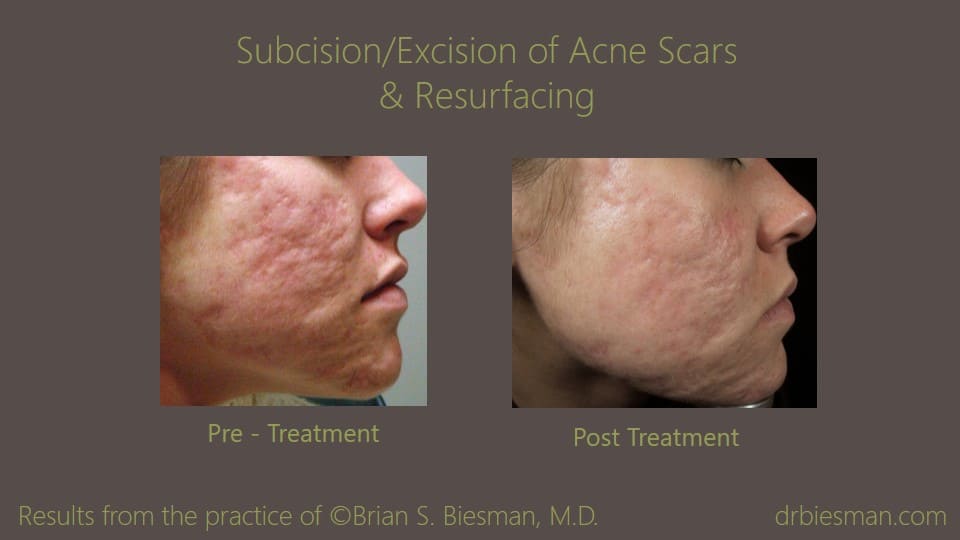Table of Content
To get that powerful gel, you can just simply chop and press an onion to get the juice. Then, use a cotton pad to apply the juice to the scar. It is advised that the method should be repeated several times per day for the best result. Raised or hypertrophic scars can occur when too much collagen is produced when a skin wound is healing.
It has long been known to help kill bacteria and reduce inflammation. However, there is not much scientific evidence that vitamin E oil or supplements improve them. For those who wish to try treating scars at home, the sections below discuss some options. These are raised lines that remain after a minor cut or wound or after surgery. However, this may take up to 2 years, and even then, there may still be a small mark.
Hypertrophic Scar
This type of scar is extremely visible and tends to be raised above the surrounding skin. It works by causing apoptosis or cell death of collagen-producing cells, called fibroblasts, effectively reducing the total collagen content in the scar. Combining bleomycin with other treatment modalities, such as corticosteroids and laser therapy, can help produce optimal results. Hypertrophic scars are benign skin changes that do not require treatment per se. However, therapy is indicated if they cause symptoms (e.g. pain) or a functional impairment (e.g. mobility). Even if a hypertrophic scar represents an aesthetic problem for those affected and may even affect their quality of life, this speaks in favor of treatment.
The treatment used varies depending on whether the keloid is small and single or large and multiple. Regardless, it usually takes time to heal as well as several steps. It can help reduce the appearance of scars as well as stretch marks. Hypertrophic scarring is common and can occur in all races and ages whereas keloid scars are less common and are more frequent in those with Fitzpatrick skin types III to VI.
Similar articles
When you are outside, be sure to cover your scars with clothing or apply a broad-spectrum sunscreen product to your skin with SPF of at least 30. They can increase your risk of developing skin cancer. Hypertrophic scars are mainly a cosmetic issue and are not dangerous or life-threatening. However, you might want to get them checked by a dermatologist or plastic surgeon, as they could hide a skin cancer . Hypertrophic scarring will minimize on its own over time. Who are experts at creating customized treatment plans based on your skin type.
However, you had better ask your doctor recommendation before applying any product. Moreover, those scar creams, gels, and ointments should contain SPF to protect that skin area from the sunlight. This harmful attacker can darken your scar and make it worse. The erbium laser in fractional mode works by the creation of multiple channels in the scarred tissue. The formation of these microscopic treatment zones triggers scar remodelling through the production of new collagen.
What are the differential diagnoses of keloids and hypertrophic scars?
A one-time pneumatic jet-injection of 5-fluorouracil and triamcinolone acetonide for treatment of hypertrophic scars-A blinded randomized controlled trial. When a skin wound occurs, a protein called collagen forms around the wound to repair it. This healing process happens if the skin sustains a cut, a burn, or damage from a condition, such as acne or chickenpox. Lavender essential oil, almond oil, mustard oil is useful for treating hypertrophic scars.

Hypertrophic scarring appears as a raised, ropey bump or line on or next to the piercing site. Although you might feel some itchiness or slight pain surrounding it, hypertrophic scarring is largely a cosmetic issue, and you shouldn’t have any adverse medical reactions. — which help you to have a healthy glow to your skin because it has the ability to deeply penetrate and, therefore, deeply moisturize.
Confident skinstarts here
If your family has a history of keloids, then you have higher chances of acquiring one from a revision. Hypertrophic scar laser treatment is effective; however, they are of different types. What your doctor may use on your scar depends on the size and the location of the scar. Furthermore, you may require several sessions in order to make the scar size negligible. Therefore, find out how many sessions you may require so that you can be able to estimate the cost.
The best procedure however, depends on the size and the location of your scar. Scarring treatment is a delicate matter especially if you do not know what type of scar you have. Sometimes you may think that you have keloid, but on the other hand you have a hypertrophic scar.
However, you should first consult with your doctor to ensure they are safe. Therefore, if you are seeking hypertrophic acne scar treatment, ensure that you no longer break out from acne. Furthermore, if you are going to use any laser treatments you should avoid using Accutane to control the zits 12 months or longer before you go for the procedure. Sometimes after excision if the surgeon suspects that the scar could get keloidal, he or she would do superficial x-ray hypertrophic scar treatment.

As the acne clears, the body tries to repair the damage caused by the inflammation. During the healing process, the body produces collagen to give the skin support. If the body produces too little or too much collagen, you’re likely to see a scar.
Scars can affect a person’s physical and mental well-being, especially if they affect the face or other visible areas of the body. A dermatologist can advise on ways to reduce the appearance of scars, and some of these methods may be suitable for home use. Silicone can help reduce the appearance of new scars, though it may not improve the appearance of old scars. They result from damage to the skin’s collagen and commonly occur with conditions such as chickenpox and acne. Massage with cocoa butter is also beneficial in reducing hypertrophic scar. Massage the butter regularly on the scar tissue to make the surface flat and smooth.


No comments:
Post a Comment